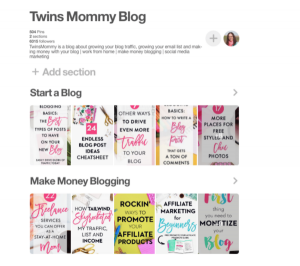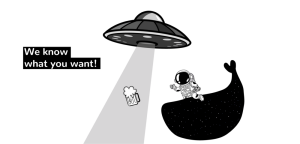
Lately it seems like as a business culture we are more and more hearing about price wars, the destruction of retail brands, and how cost cutting management initiatives are driving lower and lower customer satisfaction.
And, I get it.
All of these things sound great in the abstract.
Our competitors offer a discount and are stealing market share, let’s fight back by offering our own discount.
Everyone is flocking to the low prices at Old Navy, let’s do that same strategy. We need the sales!
We need to cut costs to get to our revenue and profit projections. Customers won’t notice the decrease in service quality.
All of these good ideas, all end in a similar manner:
Burned out brands.
Frustrated customers.
Companies in worse shape than they started.
The simple fact is that price wars, discounts, and cutting to the bare bones are all strategies that make everyone losers: management, employees, customers, and other stakeholders.
Let’s take a quick look at all 3 of these ideas and try to uncover alternatives that will make everyone just a little bit happier.
Instead of a price war, how about fighting a war based on value:
When the only value you provide your customers is being cheapest, you are a commodity.
Full stop.
If you are a commodity, the lowest and cheapest thing is what wins!
Full stop.
If you are a commodity, you really only have one direction that you can go: down.
That’s not a great position to be in as a business.
Because you can only go so low.
Instead of getting into the losers’ battle of a price war, the better thing for many of the companies that find themselves in prices wars should be focusing on value.
Value can take any number of forms: tangible or intangible.
The key for many of the businesses that are in price wars is that the only battle field they are choosing to fight on is the one of price.
Why not quality?
Why not service?
Why not selection?
There are any number of more viable ways to win, but price wars are losers.
Don’t Discount As A Reflex:
This is very much hand in hand with the above idea.
But it seems like so many of our retail outlets have fallen into the trap of constantly discounting as a reflex, to the point that they can never get their customers to pay full price.
Cutting prices doesn’t work to a new normal.
Why?
Because you’ve trained them to wait for the discount. Which comes because you can’t hold out to make the sales you need to keep the business afloat. So you discount.
A never ending cycle.
Martin Lindstrom did a fantastic study that he writes about in Buy-ology that talks about the neuroscience behind discounts and how if you start discounting you have turned your brand into a discount brand for 7 years.
Its true.
People say Apple products are too expensive. But they sell more phones than anyone. They never discount at the Apple Store.
What do you think of the Apple brand?
That’s its premium.
Do you expect a discount?
No!
On the flip side, look at J. Crew.
Their brand is a mess.
They can’t decide if they are a high brow fashion house. They can’t decide if they are a middle quality clothe shop.
When stuck in the middle of nowhere, what do you do?
If you are J. Crew, you discount.
And they have the declining sales for 3 straight years to show that discounts as a strategy are a failure because all they’ve done is help accelerate an identity crisis based on not knowing who their customer is.
We see this same strategy play out in industry after industry.
Look at sports, they fear the decline of the season ticket as a valuable purchase for fans.
But they fail to add value to the ticket outside of some cheesy group events, a potential discount from the team store, and maybe a gift.
So when fans don’t buy, they discount and insult the people that were willing to invest in their product at the full price to start with.
Whatever the question is, the answer is absolutely almost never to discount. There are exceptions, but way too few to try to discuss here.
Cut costs to rescue profits:
I don’t know where the saying came from, but it goes something like this: “You can’t cut your way to growth.”
But we see it all over the place, organizations find themselves in a pickle and are struggling to hit their profit goals.
So the first thing that goes is any kind of service or amenity that was likely one of the key factors in acceptance of the brand to begin with.
The key is, you can’t cut your service and product too much and hope that no one notices because your customers always do.
On a recent trip to the UK, I was reading the British newspapers and saw several papers talk about the declining quality of British Airways short haul flights.
The explanation of this is that they are feeling price pressure from competing short haul carriers with bare bones operations.
The thing about British Air is that they have a quality image and a reputation that the others don’t have.
So the reaction to cut services is ill-fated because if you go down the road of subtraction, you fall into that price race and discounting policy that leads to the commodity trap.
If you are in a position similar to this, instead of fighting your competition on price and by cutting all the things that make you unique, refocus on the things that you do best.
In the case of British Air, maybe improve the short haul entertainment, food, or service. Maybe there is a partner that is looking to engage the short haul customer more? Maybe there is a way to package more and create more perceived value for your target audience?
The key is, even when you are a huge brand and company, not everyone is your target market.
And, you have to be strong enough as a brand that you know that you are never going to win everyone over, so trying to do something like that is just bad for business.
Again, if the question is cutting to grow: the answer is that doesn’t work.
Business & Finance Articles on Business 2 Community(86)
Report Post








